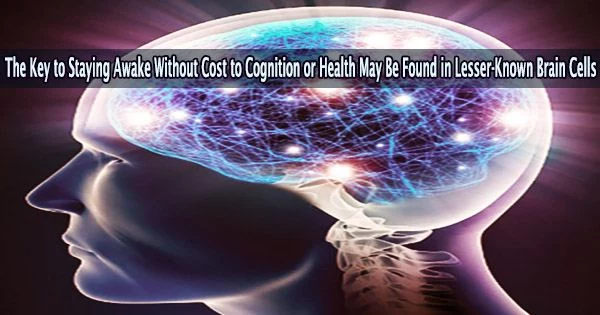Recent studies on animals indicate that little-studied brain cells called astrocytes play a significant role in regulating sleep requirements. These findings may one day enable humans survive longer periods without sleep without experiencing detrimental effects including mental tiredness and physical impairment.
The results of the study, which were reported in the Journal of Neuroscience, showed that activating these cells kept mice awake for hours when they should have been sleeping without making them more sleepy.
“Extended wakefulness normally increases sleep time and intensity, but what we saw in this study was that despite hours of added wakefulness these mice did not differ from well-rested controls in terms of how long and how intensely they slept,” said senior author Marcos Frank, a neuroscientist and professor at the Washington State University Elson S. Floyd College of Medicine. “This opens up the possibility that we might someday have interventions that could target astrocytes to mitigate the negative consequences of prolonged wakefulness.”
Frank speculated that this would involve drugs that could be used to increase shift workers’ productivity, safety, and health as well as that of other people who work long or irregular hours, like first responders and military personnel. Attention, cognition, learning, memory, metabolism, and immunological function are just a few of the critical functions that have been linked to sleep deprivation and improper sleep timing.
Neurons are brain cells that transfer easily detectable electrical signals from the brain to various regions of the body. Non-neuronal cells called astrocytes interact with neurons.
Our findings suggest that our need for sleep isn’t just a function of prior wake time but is also driven by these long-ignored non-neuronal cells. We can now start to pinpoint how astrocytes interact with neurons to trigger this response and how they drive the expression and regulation of sleep in different parts of the brain.
Professor Ashley Ingiosi
Prior to today, astrocytes were believed to simply operate as the “glue” that keeps the brain together, but calcium signaling, a much more delicate and challenging to quantify activity, has revealed that astrocytes are actively involved in a number of behaviors and processes.
This includes a prior WSU work that shown that mice developed a lower desire for sleep after sleep deprivation when astrocyte calcium transmission was suppressed across the brain.
In this study, the researchers focused on astrocytes in the basal forebrain, a part of the brain known to be crucial in determining how much sleep an individual needs.
They discovered that when they triggered these astrocytes using chemogenetics, a technique to manipulate and investigate signaling pathways within brain cells, mice remained awake for at least six hours during their typical sleep period. Furthermore, the researchers did not observe any future adjustments in sleep duration or quality in response to the increased awake.
“Our findings suggest that our need for sleep isn’t just a function of prior wake time but is also driven by these long-ignored non-neuronal cells,” said first author Ashley Ingiosi, an assistant professor of neuroscience at Ohio State University who conducted the study while working as a postdoctoral research associate in Frank’s lab at WSU. “We can now start to pinpoint how astrocytes interact with neurons to trigger this response and how they drive the expression and regulation of sleep in different parts of the brain.”
The researchers will then perform behavioral experiments on mice to ascertain how causing awake in the basal forebrain astrocytes may affect processes besides the requirement for sleep, such as cognition, attention, learning, memory, metabolism, and immunological function.
They looked at EEG markers of attention and cognition in this study and discovered that they were comparable to those observed in well-rested controls, providing at least some indication of the possible impact on those two processes.
Funding support for the study came from the National Institutes of Health.





